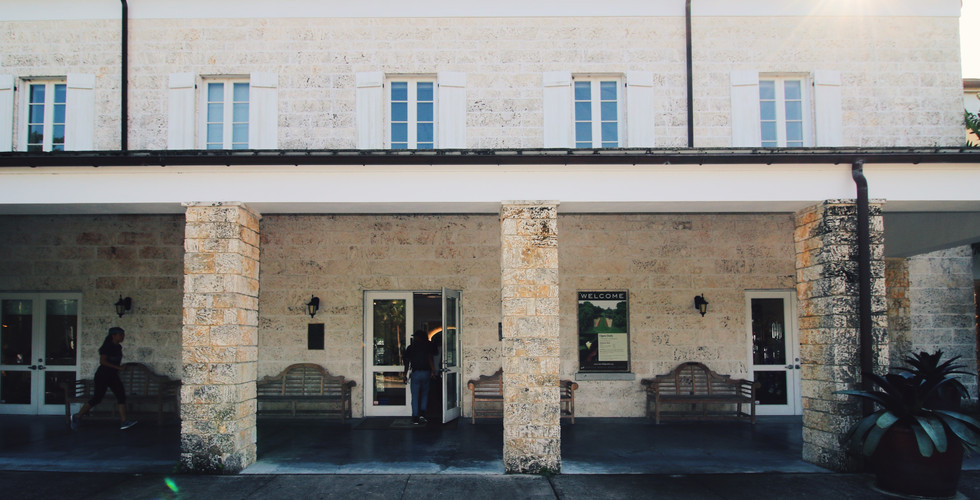Miami Trip - Day 1
- Baylee Jackson
- Dec 15, 2016
- 3 min read
Our journey started at Honolulu International Airport when our plane left the ground at 4:30 pm. Seven hours later we touched down onto a snowy runway at OʻHare International Airport in Chicago and saw our breath as we exited the plane. It was a chilly 3ºF outside so we rushed to throw on any warm clothes we could find and changed from slippers to shoes. Some of us napped in the terminal while we waited for our next connecting flight to Miami, Florida. We arrived to a pleasant temperature of 85ºF and beautiful clear skies.
After struggling to find our hotel, we headed to Fairchild Botanical Gardens in Coral Gables to meet with the director, Dr. Carl Lewis, and the director of education, Amy Padolf. They gave us a tour of the 83-acre botanical garden as well as the research facilities on the property. One of the experiments being tested in the lab evaluated the challenges of growing plants in space without light and gravity. Astronauts lack many vitamins that are commonly found in leafy green vegetables. A tomato plant growing in a plastic enclosure under a UV light could be seen through the window of one lab. Dr. Lewis explained to us that many classrooms in Miami were gifted these “growing set-ups” and asked to collect data on the edible biomass produced with these systems. The compiled data is analyzed and sent to NASA to help with their own space growing experiments on the International Space Station.
The orchid lab was home to a wide variety of different orchid species found all over the world. Orchids were once abundant in Florida, but due to their visual appeal and the flower market, the population of orchids decreased. Dr. Lewis told us that orchids have a difficult time establishing in an area and growing because of its seed structure. Orchid seeds lack the sugars necessary for seed growth and establishment and instead can only grow if they come into contact with a fungus specific to each type of orchid. In the lab, an artificial grow medium is used to begin an orchid plant and establish the seed. A single orchid can take up to two years in the lab to grow strong enough to survive in nature on its own. One of Fairchild's ongoing projects, the Million Orchid Project, aims to begin planting the fully-grown orchids on city trees in urban Miami. Rather than looking at the city as an ecological wasteland, this will add some biodiversity to the city ecosystem.
After touring the labs, we headed into the final part of our visit, the butterfly house. It was a giant glass enclosure containing hundreds of butterflies of different species. We got to observe the change from chrysalis to butterfly as well as many other insects housed in the butterfly house. My favorite was the Snake-Eye Butterfly that had an elaborate design on the back of its wings meant to mimic a snake head. This would aid in the survival of the butterfly protecting it from any possible predators in the wild. One landed on Hye Jungʻs head but flew away before any of us could take a picture.
On the ride back to the entrance of the botanical garden we saw our first crocodile on the bank of a pond. We also saw a few Egyptian geese around the same pond. After the tour we thanked Dr. Lewis and Ms. Padolf for having us then went on our way to meet the Hokule’a crew for dinner. We ate Cuban food and talked story with all the crew members. After dinner we headed back to our hotel to get some rest for the next busy day.































































Comments